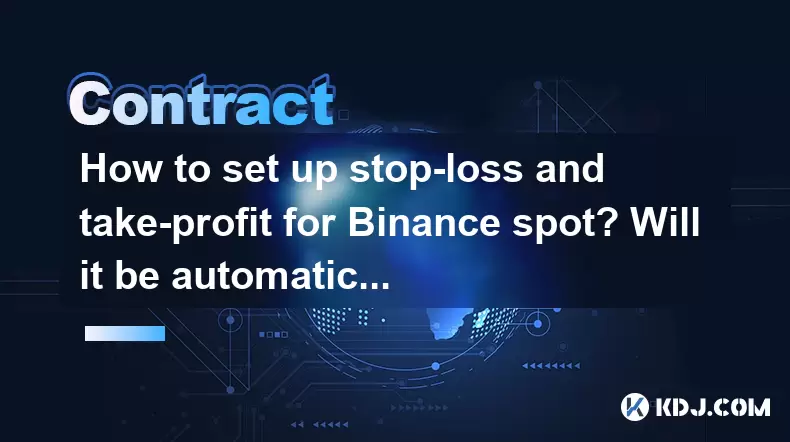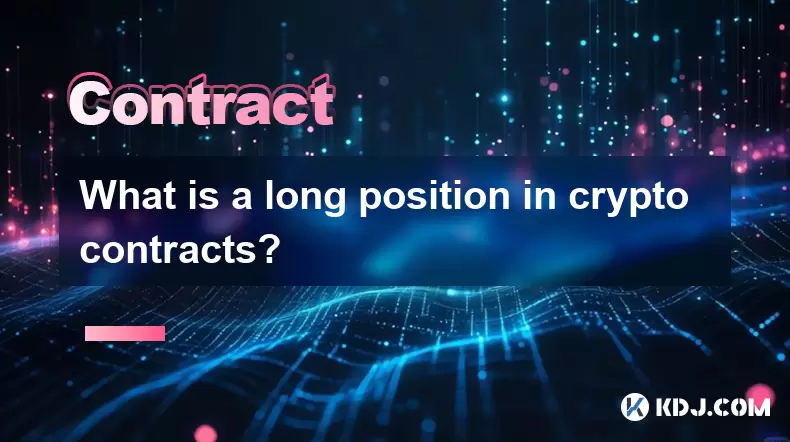-
 Bitcoin
Bitcoin $116700
2.16% -
 Ethereum
Ethereum $3830
5.76% -
 XRP
XRP $3.082
4.56% -
 Tether USDt
Tether USDt $1.000
0.04% -
 BNB
BNB $777.8
1.96% -
 Solana
Solana $173.2
5.46% -
 USDC
USDC $0.0000
0.02% -
 Dogecoin
Dogecoin $0.2146
6.85% -
 TRON
TRON $0.3384
0.92% -
 Cardano
Cardano $0.7676
5.51% -
 Hyperliquid
Hyperliquid $39.28
4.90% -
 Sui
Sui $3.723
9.07% -
 Stellar
Stellar $0.4164
6.32% -
 Chainlink
Chainlink $17.36
5.78% -
 Bitcoin Cash
Bitcoin Cash $580.9
3.62% -
 Hedera
Hedera $0.2544
5.50% -
 Ethena USDe
Ethena USDe $1.001
0.02% -
 Avalanche
Avalanche $22.81
3.81% -
 Litecoin
Litecoin $120.8
3.60% -
 UNUS SED LEO
UNUS SED LEO $8.956
-0.35% -
 Toncoin
Toncoin $3.311
4.28% -
 Shiba Inu
Shiba Inu $0.00001266
4.15% -
 Uniswap
Uniswap $10.10
5.97% -
 Polkadot
Polkadot $3.786
4.80% -
 Dai
Dai $1.000
0.01% -
 Monero
Monero $280.4
-4.02% -
 Bitget Token
Bitget Token $4.405
1.69% -
 Cronos
Cronos $0.1480
5.13% -
 Pepe
Pepe $0.00001087
5.67% -
 Ethena
Ethena $0.6348
11.62%
How to set up stop-loss and take-profit for Binance spot? Will it be automatically traded after being triggered?
Learn how to set up stop-loss and take-profit orders on Binance for spot trading to manage risk and secure profits, with automatic execution upon triggering.
May 16, 2025 at 08:14 pm

Setting up stop-loss and take-profit orders on Binance for spot trading is a crucial strategy for managing risk and securing profits. This article will guide you through the process of setting up these orders and explain whether they will be automatically traded once triggered.
Understanding Stop-Loss and Take-Profit Orders
Stop-loss and take-profit orders are essential tools for traders looking to manage their positions effectively. A stop-loss order is designed to limit an investor's loss on a position in a security. When the price of the asset reaches the stop price, the stop-loss order becomes a market order and is executed at the next available price. On the other hand, a take-profit order is used to lock in profits by selling an asset when it reaches a certain price level.
Accessing the Binance Spot Trading Interface
To set up stop-loss and take-profit orders on Binance, you first need to access the spot trading interface. Here's how you can do it:
- Log in to your Binance account.
- Navigate to the 'Trade' section on the top menu.
- Select 'Spot' from the dropdown menu.
- Choose the trading pair you want to trade, such as BTC/USDT.
Setting Up a Stop-Loss Order on Binance Spot
To set up a stop-loss order on Binance, follow these steps:
- On the trading interface, locate the 'Order Form' section.
- Click on the 'Stop-Limit' tab.
- In the 'Stop Price' field, enter the price at which you want the stop-loss to trigger.
- In the 'Limit Price' field, enter the price at which you want the order to be executed once the stop price is reached.
- Enter the amount of the asset you want to sell in the 'Amount' field.
- Review your order details and click 'Sell [Asset]' to place the order.
Setting Up a Take-Profit Order on Binance Spot
Setting up a take-profit order is similar to setting up a stop-loss order. Here's how you can do it:
- In the 'Order Form' section, click on the 'Stop-Limit' tab.
- In the 'Stop Price' field, enter the price at which you want the take-profit to trigger.
- In the 'Limit Price' field, enter the price at which you want the order to be executed once the stop price is reached.
- Enter the amount of the asset you want to sell in the 'Amount' field.
- Review your order details and click 'Sell [Asset]' to place the order.
Automatic Execution of Stop-Loss and Take-Profit Orders
Once you have set up your stop-loss and take-profit orders, they will be monitored by Binance's trading system. When the market price reaches the stop price you have set, the order will be triggered and converted into a limit order at the specified limit price.
- If the market price reaches or falls below the stop price for a stop-loss order, the order will be triggered and executed at the next available price that meets or exceeds the limit price.
- Similarly, if the market price reaches or exceeds the stop price for a take-profit order, the order will be triggered and executed at the next available price that meets or is below the limit price.
It's important to note that while these orders are designed to be executed automatically, there can be instances where the market moves too quickly, and the order might not be filled at the exact limit price you set. This is known as slippage.
Monitoring and Adjusting Your Orders
After setting up your stop-loss and take-profit orders, it's crucial to monitor them and make adjustments as needed. Here's how you can do it:
- Go to the 'Open Orders' section on the trading interface to view your active orders.
- If you need to adjust the stop price or limit price, you can cancel the existing order and place a new one with the updated parameters.
- Regularly review your positions and market conditions to ensure your orders are still aligned with your trading strategy.
Frequently Asked Questions
Q: Can I set up stop-loss and take-profit orders for multiple trading pairs simultaneously on Binance?
A: Yes, you can set up stop-loss and take-profit orders for multiple trading pairs. However, you need to set up each order individually for each trading pair through the spot trading interface.
Q: What happens if the market price gaps through my stop price without hitting my limit price?
A: If the market price gaps through your stop price without hitting your limit price, the order will be triggered and converted into a market order. This means it will be executed at the next available price, which could result in slippage.
Q: Can I set up stop-loss and take-profit orders on Binance using the mobile app?
A: Yes, you can set up stop-loss and take-profit orders using the Binance mobile app. The process is similar to the web interface, where you navigate to the spot trading section, select your trading pair, and use the order form to set up your orders.
Q: Is there a fee associated with setting up stop-loss and take-profit orders on Binance?
A: Binance does not charge a fee specifically for setting up stop-loss and take-profit orders. However, when these orders are executed, you will be subject to the standard trading fees based on your trading volume and account type.
Disclaimer:info@kdj.com
The information provided is not trading advice. kdj.com does not assume any responsibility for any investments made based on the information provided in this article. Cryptocurrencies are highly volatile and it is highly recommended that you invest with caution after thorough research!
If you believe that the content used on this website infringes your copyright, please contact us immediately (info@kdj.com) and we will delete it promptly.
- BlockchainFX, Bitcoin Swift, Crypto Presales: What's the Hype?
- 2025-08-07 19:10:13
- SHIB Community at Crossroads: Shytoshi Kusama's Leadership Under Scrutiny as Elections Loom
- 2025-08-07 18:30:13
- IREN Overtakes: A New King in the Bitcoin Miner Hashrate Race?
- 2025-08-07 16:31:29
- Memecoins Mania: Whales Eye Pepe Dollar (PEPD) as Bonk Cools Off, While MoonBull Hogs the Spotlight!
- 2025-08-07 16:51:17
- Unilabs, PEPE, and Investment Risk: Navigating the Crypto Hype
- 2025-08-07 16:31:29
- Meme Coin Mania: Rug Pulls, CZ-Inspired Tokens, and the Wild West of Crypto
- 2025-08-07 16:57:14
Related knowledge

What programming languages are used for smart contracts?
Aug 07,2025 at 06:07pm
Understanding Smart Contracts and Their Execution EnvironmentSmart contracts are self-executing programs deployed on blockchain networks that automati...

What is a long position in crypto contracts?
Aug 07,2025 at 06:29pm
Understanding the Concept of a Long Position in Crypto ContractsA long position in crypto contracts refers to a trading strategy where a trader buys a...

Why is my Bitstamp futures position being liquidated?
Jul 23,2025 at 11:08am
Understanding Futures Liquidation on BitstampFutures trading on Bitstamp involves borrowing funds to open leveraged positions, which amplifies both po...

How to report Bitstamp futures for taxes?
Jul 30,2025 at 08:35am
Understanding Bitstamp Futures and Taxable EventsWhen trading Bitstamp futures, it’s essential to recognize that these financial instruments are treat...

Does Bitstamp offer inverse contracts?
Jul 23,2025 at 01:28pm
Understanding Inverse Contracts in Cryptocurrency TradingIn the realm of cryptocurrency derivatives, inverse contracts are a specific type of futures ...

What is the difference between futures and perpetuals on Bitstamp?
Jul 27,2025 at 05:08am
Understanding Futures Contracts on BitstampFutures contracts on Bitstamp are financial derivatives that allow traders to speculate on the future price...

What programming languages are used for smart contracts?
Aug 07,2025 at 06:07pm
Understanding Smart Contracts and Their Execution EnvironmentSmart contracts are self-executing programs deployed on blockchain networks that automati...

What is a long position in crypto contracts?
Aug 07,2025 at 06:29pm
Understanding the Concept of a Long Position in Crypto ContractsA long position in crypto contracts refers to a trading strategy where a trader buys a...

Why is my Bitstamp futures position being liquidated?
Jul 23,2025 at 11:08am
Understanding Futures Liquidation on BitstampFutures trading on Bitstamp involves borrowing funds to open leveraged positions, which amplifies both po...

How to report Bitstamp futures for taxes?
Jul 30,2025 at 08:35am
Understanding Bitstamp Futures and Taxable EventsWhen trading Bitstamp futures, it’s essential to recognize that these financial instruments are treat...

Does Bitstamp offer inverse contracts?
Jul 23,2025 at 01:28pm
Understanding Inverse Contracts in Cryptocurrency TradingIn the realm of cryptocurrency derivatives, inverse contracts are a specific type of futures ...

What is the difference between futures and perpetuals on Bitstamp?
Jul 27,2025 at 05:08am
Understanding Futures Contracts on BitstampFutures contracts on Bitstamp are financial derivatives that allow traders to speculate on the future price...
See all articles

























































































